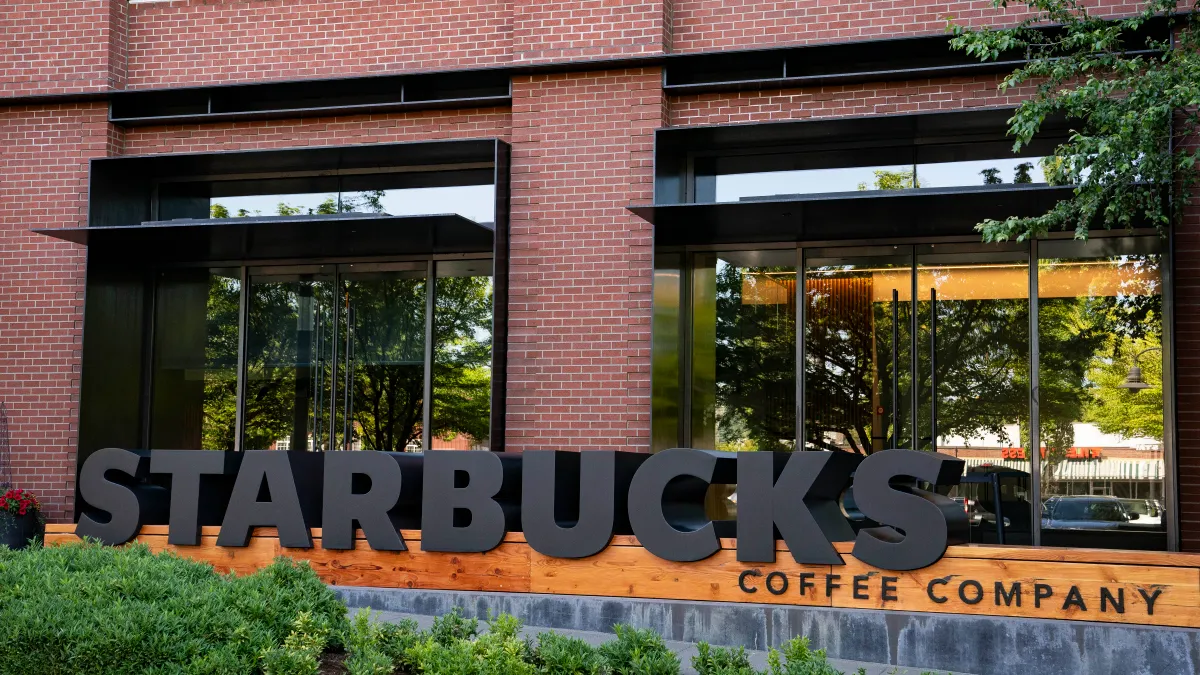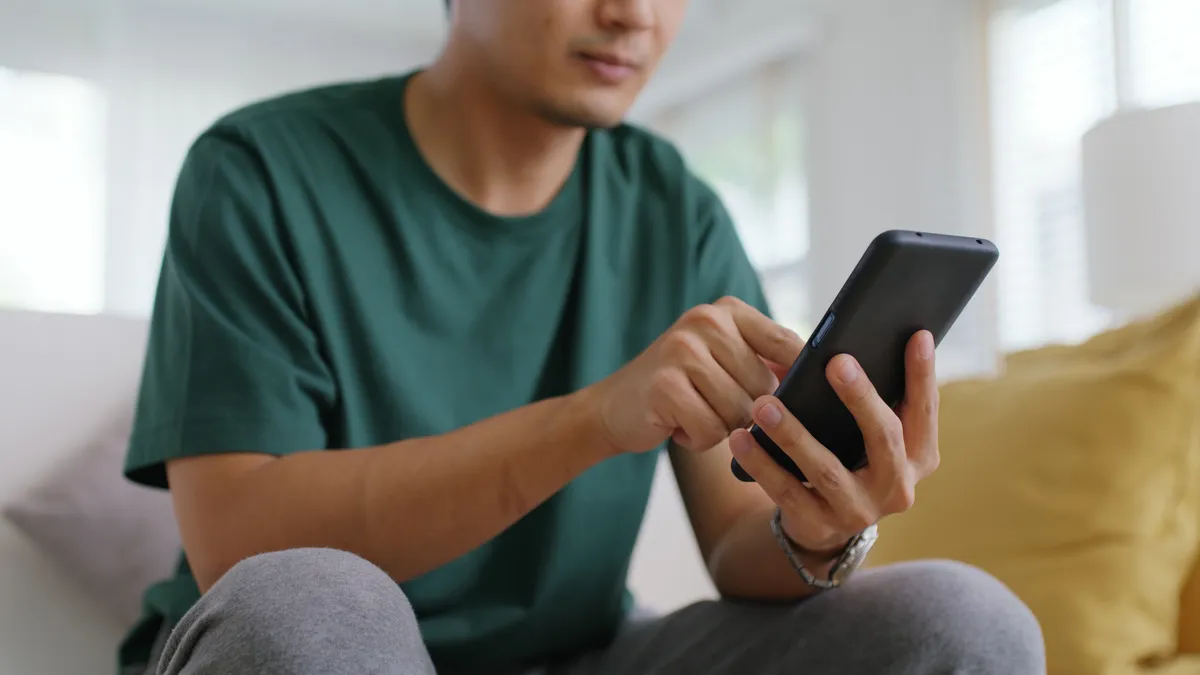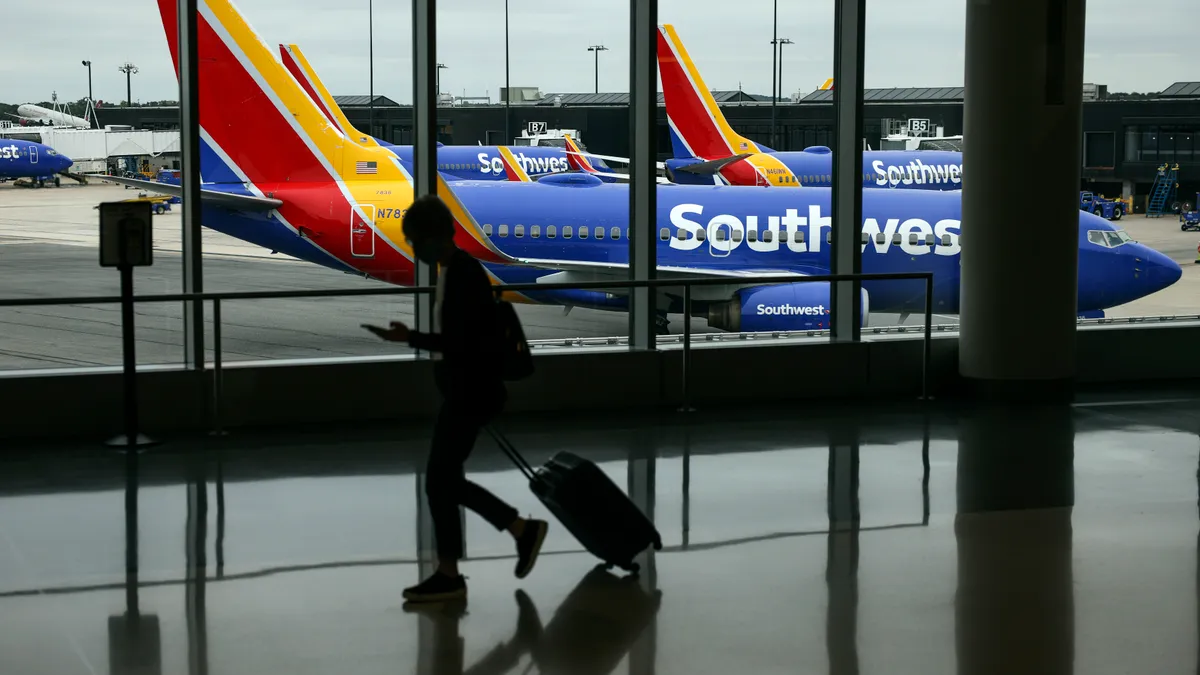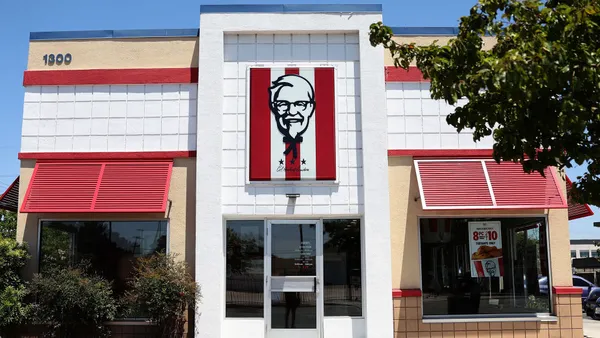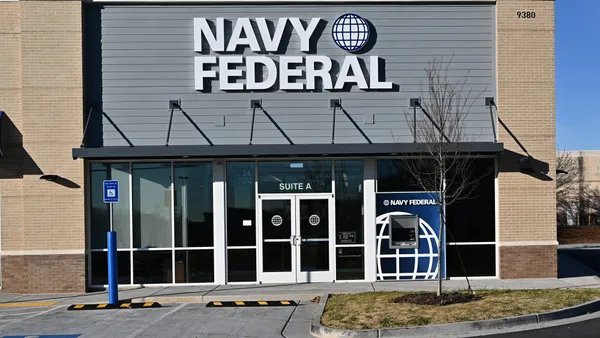As Brian Niccol takes over as Starbucks CEO, he will encounter a company wrestling with declining traffic and long mobile order wait times. His expertise in rebuilding customer trust and satisfaction could help fuel a turnaround.
It's a scenario he's seen before. When he took over as Chipotle's CEO in 2018, customer trust had taken a nosedive following repeat food safety incidents, which ultimately led to a $25 million criminal fine.
However, Niccol successfully spearheaded Chipotle’s second wind, culminating in significant sales and traffic gains during the restaurant chain’s latest quarter.
Starbucks isn’t in crisis mode, but its performance has been below expectations in recent quarters. Former Starbucks CEO Howard Schultz urged the company to “focus on being experiential, not transactional” in a May LinkedIn post, and Niccol’s history at Chipotle positions him to answer that call when he joins the company in September.
“Niccol has an instinctive understanding of how fast foodservice operates and this is very helpful when working through problems at Starbucks,” Neil Saunders, managing director at GlobalData Retail, told CX Dive in an email. “A lot of foodservice success comes down to having very strong operating disciplines and procedures.”
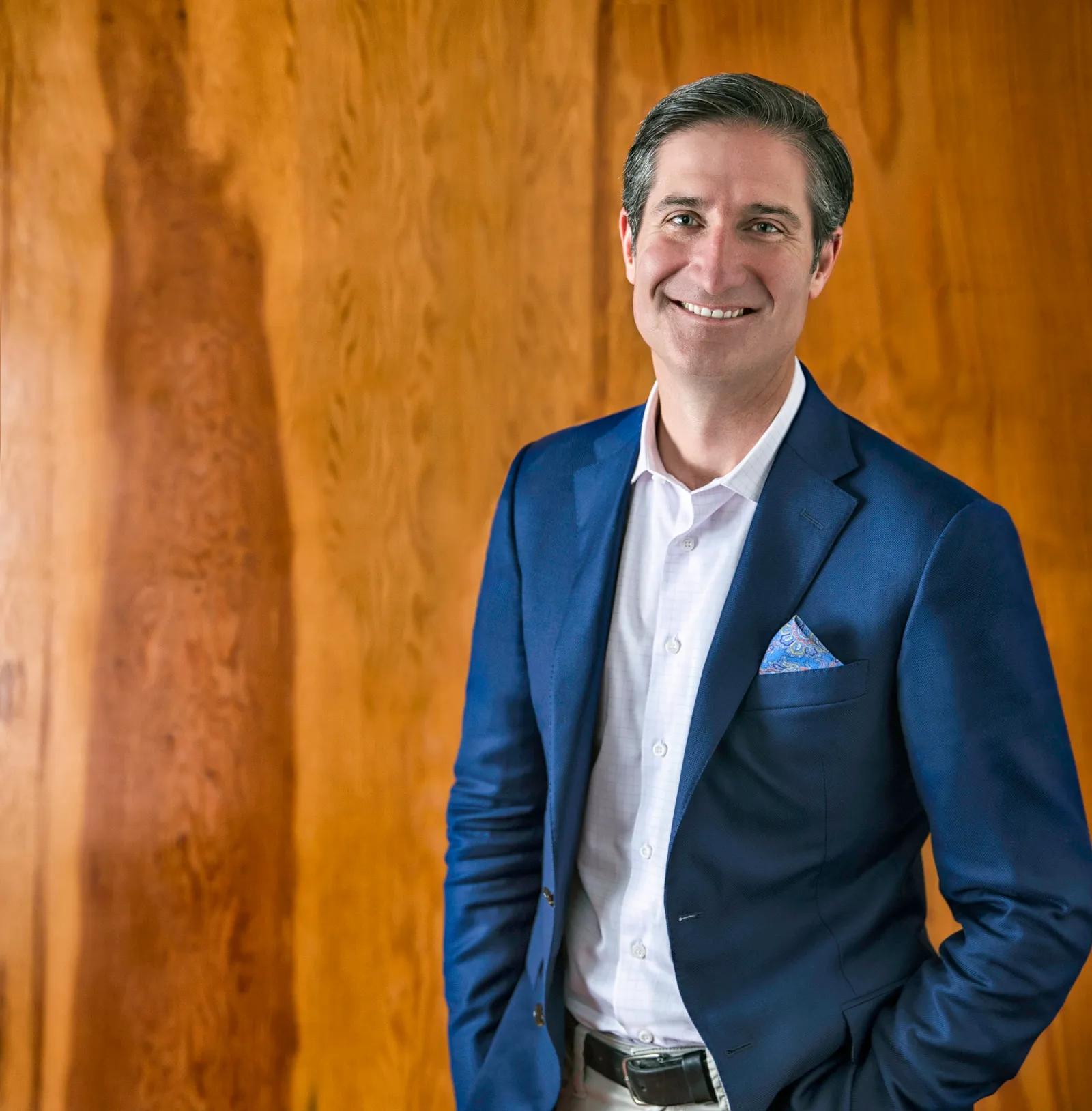
Convenience is king, friction is killer
Speed of service is one of Starbucks’ most visible challenges. A “mid-teens percent” of mobile orders went uncompleted in 2024, and even one misstep can lead to a lost customer.
Convenience is extremely important in modern foodservice, according to customer experience expert and author Shep Hyken. Once a brand introduces friction into the equation, credibility takes a hit, and sales could soon follow suit.
“If I place a mobile order and you fail me once, shame on you,” Hyken said. “If I let you do it to me again, shame on me — but I'm probably not giving you a third or fourth chance.”
While Chipotle doesn’t have the same volume of mobile orders as Starbucks, Niccol’s experience in this area will be helpful for remedying the delays, according to Saunders.
Niccol spearheaded the rollout of Chipotlanes, dedicated mobile order drive-thru lanes that let customers order ahead for immediate pickup at a designated time. More recently, he oversaw changes to automation and training aimed at reducing wait times at Chipotle.
One key goal will be helping stores manage mobile demand without harming the walk-in experience. Starbucks is already tackling order turnaround time through the Siren Craft System, a series of operational changes designed to help workers make drinks faster.
Better experiences drive better value
A more convenient experience could go hand-in-hand with a better value perception — another challenge several experts pointed out as something Niccol could fix.
The value problem won’t be fixed by price drops or promotions, according to Dipanjan Chatterjee, VP and principal analyst at Forrester. Starbucks’ core demographic of middle- to high-income customers are increasingly confident in the economy, which is a sign that they aren’t afraid to spend a little more for the right product.
“If Niccol works his magic at Starbucks, then it will be not to lower prices but to make the brand much more desirable at relatively higher price points,” Chatterjee told CX Dive in an email.
Starbucks needs to upgrade the cafe experience and its food offerings in pursuit of a better value proposition, according to Saunders. Improving wait times could play a part in this effort, as could getting food quality on par with Starbucks’ drink lineup.
However, revamping Starbucks’ value proposition is a long road.
The brand is facing more competition than ever, and customer expectations have evolved rapidly in recent years, Hyken said. Niccol, and all of Starbucks’ leadership, need to determine how Starbucks can stand out from the crowd.
“What Starbucks needs to do is say, ‘Hey, what got us here in the first place?” Hyken said. “‘What made our reputation? What made us be able to charge more than anyone else?’ Then translate that into the modern version of retail.”



